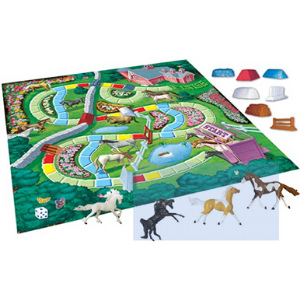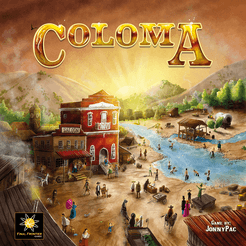Race for the Galaxy (truncated “RftG” or basically “Race”) is a game planned by Thomas Lehmann. It was delivered in 2007 by Rio Grande Games. Its topic is to assemble galactic human advancements through game cards that address universes or specialized and social turns of events. It obliges 2-4 players as a matter of course even though extensions consider up to 6 players, just as solo play. The game uses iconography instead of language in twojecentrum.pl , with complex powers likewise having a book depiction. While valued by experienced players for being succinct, some new players discover the symbols hard to learn and interpret.
The match dominated Boardgamegeek’s Golden Geek Award for the best game, Fairplay Magazine’s À la carte grant for the best round of 2008, and was depicted by the magazine Tric Trac as “LE jeu de cartes de Cette année 2008″(THE round of the year 2008).To put a world or advancement, players pay an expense in cards from their hand. Keeping a consistent pay of new cards all through the game is imperative to triumph.

Phase selection
Close to the start of each round, all players simultaneously quietly pick one of five phases – Explore, Develop, Settle, Consume, or Produce. Judgments are uncovered meanwhile. The lone stages which happen around are those chosen by players. Moreover, the players who picked a specific stage get an extraordinary reward during that stage, for example, the capacity to see more cards during the Explore stage. Each card in play has powers that are dynamic during different stages. For example, the turn of events “Venture Credits” has a Develop power which makes putting improvements on one card less expensive.
Round play
Inside a round, stages (those chosen by players) occur in the accompanying request:
Investigate – Draw two cards and keep one.
Create – Play a turn of events.
Settle – Play a world, either by paying to take it calmly or by military triumph.
Burn-through – “Boat” assets for cards and VPs. As a little extra action, players can Trade an asset to procure numerous cards, yet no VPs.
Produce – Put a decent (a face-down card from the deck) on all creation universes that don’t have one.
All things considered, stages are finished, players dispose of down to a hand cutoff of 10 cards. Bizarrely among games, cards disposed of because of as far as possible or while paying an expense are set face-down (in a “chaotic” heap to recognize them from the draw deck), covering data that could be utilized to reason impending draws.
Play proceeds until, toward the finish of a round, either something like one player has at least 12 cards in their scene, or the whole beginning pool of triumph point tokens has been guaranteed by the players. By then, the player with the most elevated absolute of triumph focuses on tokens and cards in their scene is the champ. Every one of the developments gives new game cards, beginning universes, and backing for somewhere around five players. Numerous new mechanics additionally interface with base set watchwords, for example, “Radical” or “Elevate”.
The Gathering Storm
The principal development adds parts for a fifth player, extra cards, objectives (freedoms to acquire additional triumph focuses picked aimlessly at the game beginning), and rules and segments for solo play (against a “robot” player).

